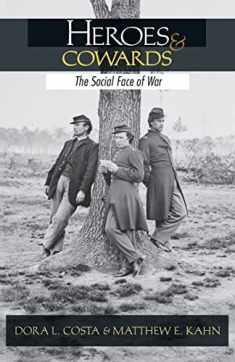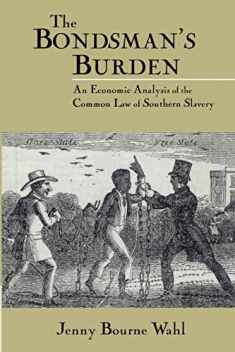
Understanding the Gender Gap: An Economic History of American Women (NBER Series on Long-Term Factors in Economic Development)
Book details
Summary
Description
Women have entered the labor market in unprecedented numbers, yet these critically needed workers still earn less than men and have fewer opportunities for advancement. This study traces the evolution of the female labor force in America, addressing the issue of gender distinction in the workplace and refuting the notion that women's employment advances were a response to social revolution rather than long-run economic progress. Employing innovative quantitative history methods and new data series on employment, earnings, work experience, discrimination, and hours of work, it establishes that the present economic status of women evolved gradually over the last two centuries and that past conceptions of women workers persist.


We would LOVE it if you could help us and other readers by reviewing the book
Book review





